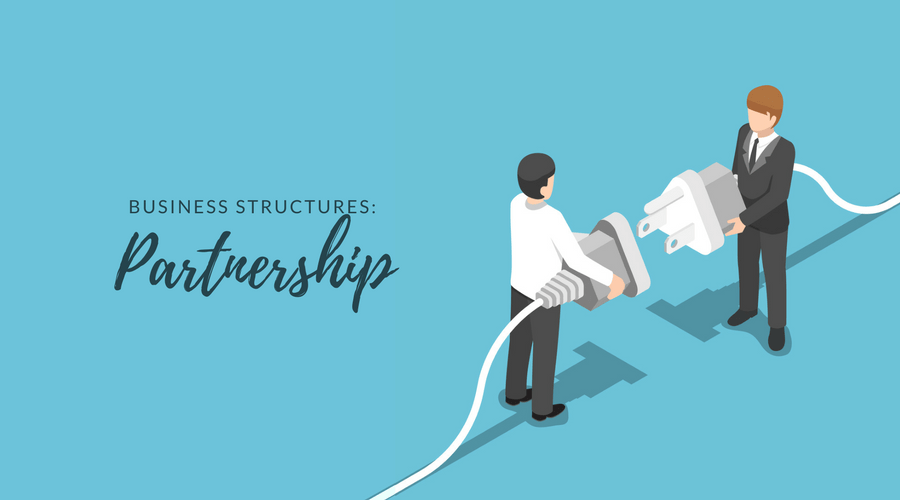5 Things that are Draining Productivity in the Workplace (and How to Fix Them)

If you noticed that productivity in your small business is lower than desired, it might be caused by something unexpected. If that’s the case, consider choosing the worst offender and trying to fix it.
1. Micromanaging
When you micromanage your team, you signal to them that you don’t trust them to do their job well and that everything must be done the same way you would do it. This prevents your staff from finding new, more efficient ways to solve problems.
Micromanaging can also lead to a high employee turnover rate, which can further harm your company’s productivity.
How to fix it
Offer support and training while giving your workers the space they need to do their jobs. Instead of insisting that everything be done your way, make sure your team knows that they can always come to you with questions. Above all, trust your staff to do the tasks you hired them for.
2. Meetings
Meetings are necessary in the business world, but is every meeting productive? Sometimes they include staff members who have little or nothing to do with the topic at hand, which means they’re wasting time that could be spent doing other job functions.
How to fix it
Limit the number of meetings by only calling one if you have a clear agenda and objective. Consider setting a strict time limit for each meeting to show your employees that you value their time. And only invite people who are essential or can add valuable insight.
3. Emails
Emails can take up a big chunk of time. On average, more than a quarter of a worker’s day is spent reading and answering email. Every time an employee checks their email, their work is interrupted, and it may take several minutes to get back into the groove of what they were working on.
How to fix it
Encourage your staff to only check their email two to three times a day, such as in the morning, at lunchtime, and in the late afternoon. Maybe even ask them to turn off email alerts on their phone and computer. Your team will still be notified of any emails marked “important”, so they’ll be able to answer those that require an immediate answer.
Encourage everyone to set up folders and filters to categorize their emails based on what warrants a response and what’s educational or entertaining. For example, if someone filters all newsletters into a different folder, they won’t be distracted by them during the workday.
Also, teach your workers to recognize when a face-to-face meeting or phone call will save time. It can be faster and easier to ask follow-up questions during an actual conversation than via email.
4. An open office
An open office plan has many advantages and can encourage collaboration and innovation within your business. Unfortunately, it could also be decreasing your team’s productivity.
How to fix it
Make sure each team member has a certain amount of personal space. According to Gallup, employees with a workspace of their own are 1.4 times more likely to be engaged, which leads to higher productivity. This could be as simple as a desk or a locker. Each worker just needs someplace they can retreat to, even if they spend most of their day on the floor talking to customers or in a conference room hammering out the details of your next marketing campaign.
Encourage your employees to let their coworkers know when they’re focused on something, so they’re not disturbed. In a traditional office, that usually means closing their office door. In an open floorplan, however, that could mean putting on headphones.
5. The wrong staff
39% of business owners have said that hiring the wrong person has cost them productivity. This is partially because managers spend 17% of their time, or about one day per week, managing a poorly performing worker.
It’s also partially because there tends to be higher employee turnover when you hire the wrong person for the job. And, every time you hire someone new, your current team has to spend time training the new hire and getting them up to speed.
How to fix it
Consider reviewing your hiring process to make sure you’re hiring people that fit the job and your culture. Team members who can collaborate are more likely to be engaged, and engaged workers are 17% more productive than the average worker.
If you’re looking for more ways to increase productivity, click here to learn eight ways you can improve employee efficiency.


